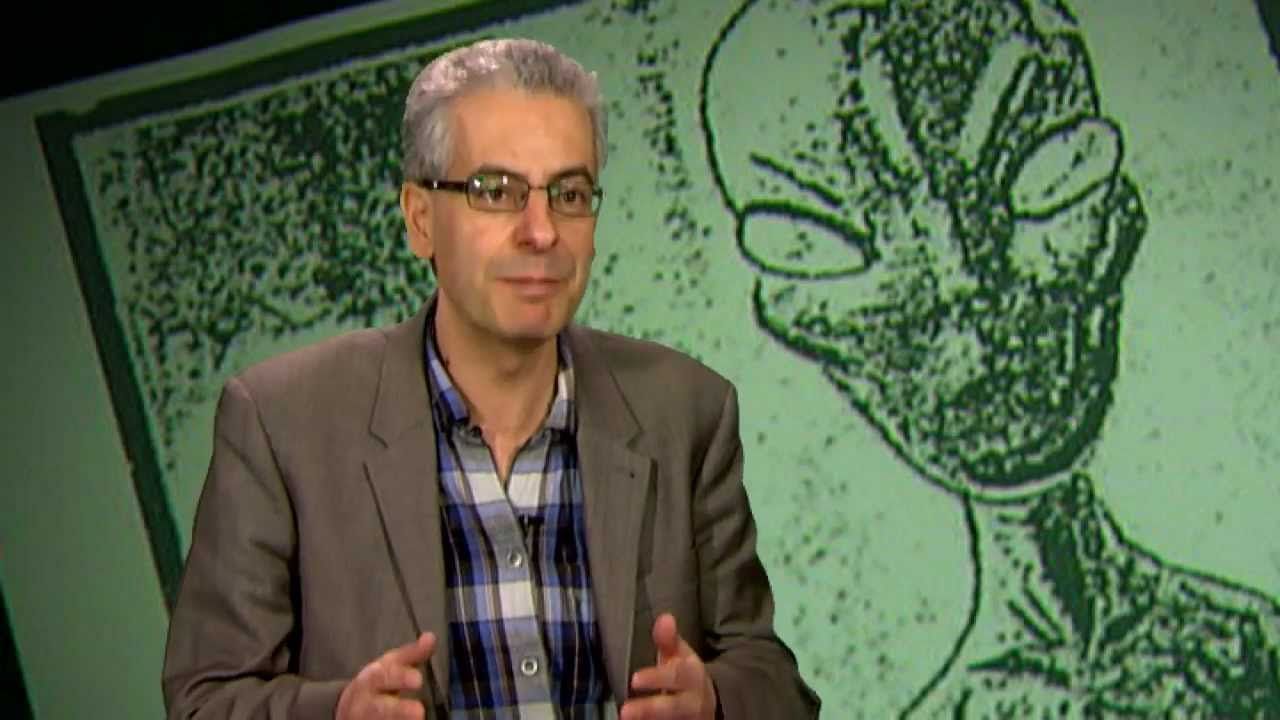UFO Expert Insists Alien Technology Poses Huge Security Risks for Earth
Listen to “E93 9-13-19UFO Expert Insists Alien Technology Poses Huge Security Risks for Earth” on Spreaker.
Article by Jasper Hamill September 3, 2019 (metro.co.uk)
• Nick Pope (pictured above), a British investigator who headed up the UK’s Ministry of Defence’s UFO investigation desk, has just released a film called ‘Indistinguishable From Magic’ which explores what might happen if we encountered beings from outer space. The film is a “deeply personal look at the question of how first contact with extraterrestrials might unfold,” said Pope. (see 1:25 minute movie trailer below)
• “The possibility of open first contact no longer seems like science fiction,” says Pope. “[A]nd while a few cynics may still think the subject is a joke, those of us who’ve looked at this from within government aren’t laughing.” “[I]n the past few months… the US Congress and the mainstream media have learned what many of us on the inside already knew, namely that whatever the true nature of the UFO phenomenon, it raises critical defense and national security issues.”
• The film looks at the implications of alien contact with particular focus on extraterrestrial technology in weaponry, interstellar travel and energy generation. Extraterrestrial creations are likely to be so advanced that we humans would be totally unable to understand them.
• Pope says that Hollywood sci-fi movies have convinced people that when we make open contact with extraterrestrials, their technology will only be around a hundred or two hundred years ahead of ours. But “given the age of the universe, there could be civilizations out there with millions or even billions of years’ head-start on us. Their power would be indistinguishable from the power of the gods that religious people worship, and their technology would truly be indistinguishable from magic,” as coined by science fiction author Arthur C. Clarke.
• To get a sense of just how advanced alien technology would be, just think about the distances involved in space travel. Our fastest space probe would take around 70,000 years to get to the nearest star outside our solar system. Any alien craft that reached the Earth would have to be designed using incomprehensibly advanced technology. Pope says that “We aren’t going to be able to figure out alien technology millions of years ahead of our own.”
• Nick has been accused of secretly working for the government, and pushing the ‘threat angle’ of alien contact with this new film. “Some internet pundits have labeled my film ‘propaganda’ and ‘fear-mongering’,” says Pope. “The accusation is that I’m still secretly working for the government and that my new film is part of a deep state plot to talk up the possibility of an alien invasion, to help the Military Industrial Complex get more funding, while also building support for President Trump’s Space Force.”
• “The accusations are nonsense,” Pope insists. “I do support the creation of a Space Force, on the basis that space will be a key battle space in any future war.” But no, “I’m not talking about a war with aliens!”
When most people imagine alien technology, they probably think of UFOs and flying saucers.
But extraterrestrial creations are likely to be so advanced that we puny humans would be totally unable to understand them.
Nick Pope, a British investigator who headed up the Ministry of Defence’s UFO investigation desk, has just released a film called ‘Indistinguishable From Magic’ which explores what might happen if we encountered beings from outer space.
The film has been released amid growing interest in ‘unidentified aerial phenomena’ – the official name for UFOs.
Over the past two years, details of a secret US research project called Advanced Aerospace Threat and Identification Program (AATIP) have slowly leaked into the public domain, suggesting there really is something strange happening in our skies.
“‘Indistinguishable from Magic’ is a deeply personal look at the question of how first contact with extraterrestrials might unfold,” Pope told Metro.
“The revelations about the Pentagon’s Advanced Aerospace Threat Identification Program (the subject of my previous documentary, Aliens at the Pentagon), recent US Navy encounters with UFOs, and the fact that several US Congress members have received classified briefings on this make Indistinguishable from Magic a timely film.”
“The possibility of open first contact no longer seems like science fiction, and while a few cynics may still think the subject is a joke, those of us who’ve looked at this from within government aren’t laughing.”
“What’s happened in the past few months is that the US Congress and the mainstream media have learned what many of us on the inside already knew, namely that whatever the true nature of the UFO phenomenon, it raises critical defence and national security issues.”
The film sets aside arguments about whether UFOs are real and looks at the implications of alien contact, with particular focus on three aspects of extraterrestrial technology: weaponry, interstellar travel and energy generation.
Nick added: “I avoided getting bogged down in an attempt to prove UFOs were extraterrestrial and simply said: ‘Let’s assume humanity is imminently going to make first contact’.”
“From there, all sorts of questions arise, and my film explores the answers to some of these questions.”
1:25 minute video: “Indistinguishable From Magic” movie trailer (YouTube Movies)
FAIR USE NOTICE: This page contains copyrighted material the use of which has not been specifically authorized by the copyright owner. ExoNews.org distributes this material for the purpose of news reporting, educational research, comment and criticism, constituting Fair Use under 17 U.S.C § 107. Please contact the Editor at ExoNews with any copyright issue.








